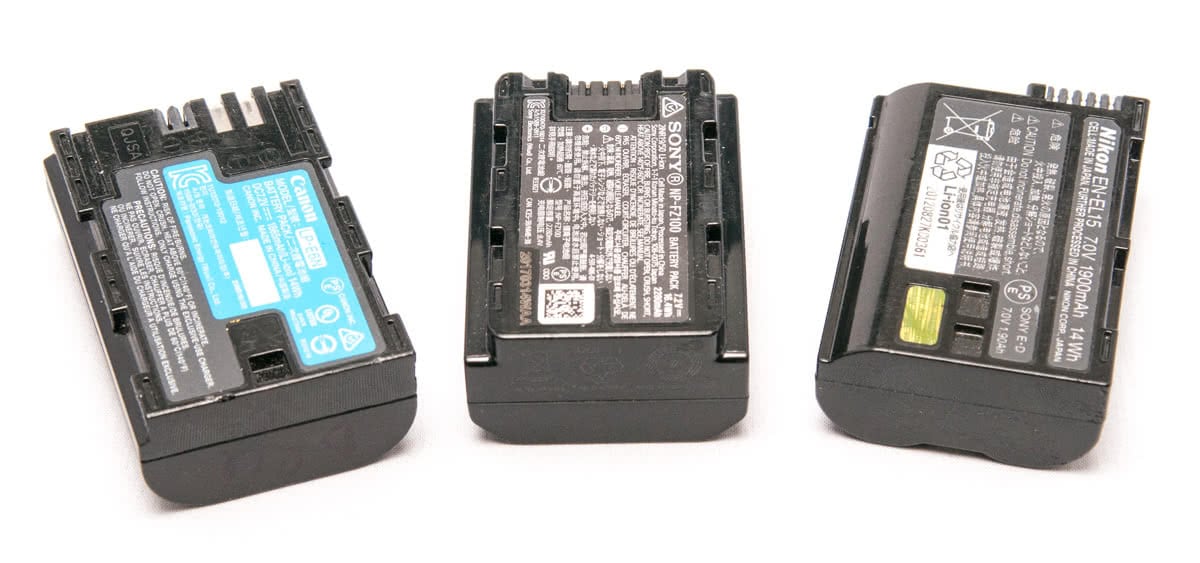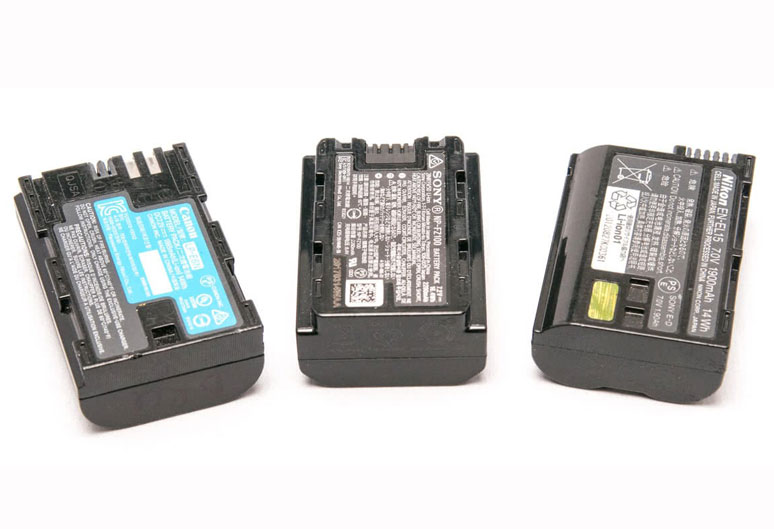Lithium-Ion rechargeable batteries are responsible for running just about every piece of powered kit in a photographer’s arsenal, and let’s face it, most of us have at least a couple of spare batteries with our cameras.

Li-ion batteries don’t suffer the same memory problems as the old NiCad versions used to, but they still need a certain degree of maintenance to ensure they keep running as long as possible.
Brand new batteries
- These will often carry a small charge straight out of the box, but should be fully charged before using and will often take 3 or 4 charges before they reach maximum capacity.
Ongoing care
- If you’re not using your camera for an extended period of time, it’s a good idea to remove the battery from your camera, fully charge the battery and store it separately. Left installed in the camera, minute amounts of current flow will discharge a battery over time.
- Remember the little plastic cover that shipped with your battery? It’s there to keep any dirt from fouling the connectors and reduces the chances of anything touching the contacts and potentially shorting the battery.
- Tempting though it is, try and avoid charging a battery that already shows a full charge; you will shorten its life unnecessarily.
Cold weather
- In cold conditions, the battery may require frequent recharging even when fully charged. It’s a good idea to keep a fully-charged spare battery in a warm place and exchange as necessary when taking pictures in cold weather.


I have a Sony Camcorder TRV230E (circa 2005) which is displaying a small problem. It sometimes shows ‘battery empty” even though, after putting it on charge for about 5 mins it then shows a considerable charge, anything up to almost full.
Could this just be dirty/slightly corroded contacts or perhaps a failing memory? I cannot see any signs of corrosion either on the camera pins or the battery contact screws. If a clean is proposed then with what?
I must admit that I have never taken the battery out of the machine even though it was not used at one time for about 3 years. It has often been left my mistake on playback (with nothing running) which discharges the battery over time. From what is said above it seems that it is quite remarkable that it works at all !! A vote of confidence on the quality of Sony batteries.
You should NOT store Li-ion batteries with 100% charge as the battery is under more stress when fully charged and this can shorten its life. Equally you shouldn’t store them empty, since if the voltage drops below a certain point, the battery can’t be charged again. Something around 50% is a good state to store these batteries in, if you are not going to use them for more than a couple of weeks.
Disagree with your storage recommendation.
Do not fully charge the battery before a long period of storage. This greatly accelerates permanent capacity loss. Storing at approximately 40% charge is much better, to preserve the most battery capacity.
Thank you for such a valuable tip, which despite over 40 years as a professional photographer, and for the last 18 years still taking hundreds of photographs every week, this was information I have never come across before… maybe it is referred to on one of those page after page of instructions about technical information that I have still to meet anyone that fully reads them. Well done, as a very ‘old’ customer i appreciate you’re help in what is a minefield of tecknowledgy… PS I can’t spell either
Kindest Regards
Albert Cooper
So how is the best way to discharge my 4 Nikon batteries, without clicking away like a maniac?
I also have this issue – I’ve been advised to discharge batteries when not in use for a while but no instruction on how to do that…!
Unfortunately, there isn’t any quick way to discharge the batteries.
You could try leaving the LCD on and disabling the auto power off. The screen uses the most power, and will discharge the battery in a few hours.
Most useful. Thank you.